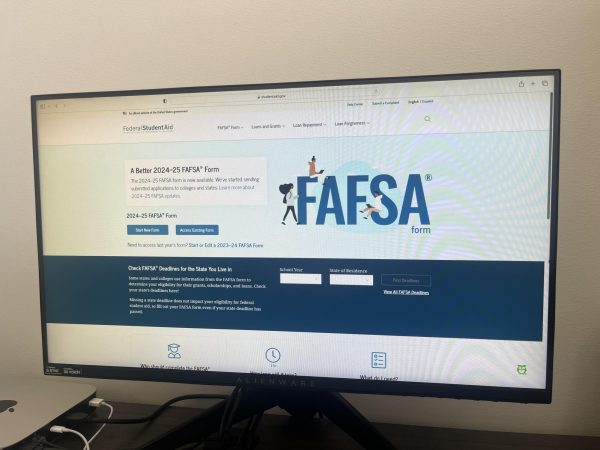Connecticut College Students Contribute Largely To State Transport Ridership
September 24, 2019
Public transportation is winning in Connecticut and it has college students to thank for that.
“[I take public transportation] probably almost every day,” Central Connecticut history major John Carpa said.
Nationwide, bus ridership has been declining for years, with the United States Congressional Research Service reporting in 2018 that “ridership nationally declined by 7% over the past decade.” But that is not the case in Connecticut – the American Public Transportation found that bus ridership in Connecticut was up by over 5 percent in 2018.
More than half of the passengers on Connecticut’s bus lines are college students taking advantage of the U-Pass program, according to the Hartford Courant.
Additionally, rails have seen major booms with student riders, surpassing even the Connecticut’s Department of Transportation Service’s expectations. The train from New Haven to Hartford that opened last June was so full that conductors “kicked off students using GO passes, telling them to wait for the next train,” the CT Post reported.
Carpa, like other CCSU students who utilize the state’s transportation services, has a U-Pass that allows unlimited access to rides for a $20-per-semester “transportation fee.” For him, the U-Pass is more than just a way to get to campus – as someone diagnosed with epilepsy, he cannot drive per Connecticut law and thus uses public transportation for “pretty much everything.”
“It’s very handy,” Carpa said. The campus is a 20-minute walk from his house and the bus ride makes for an easy commute for that reasonable $20 price. “I’m a student worker, so a [regular] bus pass would really be a hindrance in price. [I also use it for rides to] the grocery store, to the doctor’s, wherever I would need to go.”
Connecticut put off having a U-Pass program because of the 2016 budget crisis, but the demand in the service the state is seeing currently speaks to the effectiveness of its implementation. In addition to Central, the program now also extends to Southern Connecticut and to the state’s community colleges, as well as to the University of Connecticut and its branches.
More than 115,000 riders leveraged the buses connecting UConn campuses in the line’s first year of operation, according to former Governor Dannel Malloy’s office. Private institutions like Sacred Heart University want their students to have the opportunity to participate in the program as well, the Courant wrote.
As of the Fall 2017 semester, CCSU has “enough passes for all undergraduate students,” according to the Card Office’s Director of Auxiliary Services Thomas King.
“Prior to that, we were limited to 1,000 per semester,” King said. That Fall 2017 semester, he said, the Card Office issued 2,029 passes compared to Spring 2017’s 989. In the Fall 2018 semester, the number was still high at 1,940 passes, while Spring 2018 saw 1,465 and Spring 2019 issued 1,338.
“The more I use public transportation, the more cost effective my U-Pass becomes,” Demitric Baez, also a CCSU student and an accounting major, said.
Before he got a car, Baez used public transportation weekly. He still makes use of rides on express and local buses, the CTRail, Amtrak and Metro-North twice a week because he “likes” it and its convenience.
“I can let someone else drive when I enjoy the scenery, plus I save gas money by doing so and using public transportation is more environmentally friendly,” Baez stated. “It is helpful because in the event that my car breaks down, I’m too anxious to drive or I just want to observe the scenery while someone else is at the wheel, public transportation is available to me.”
And now that Baez is going to be driving buses himself as his new job, experiencing the commute from the eyes of his future riders is important.
“I’ve always had an interest in trains and buses as a child,” he said. “As someone who will be operating the New Britain city buses later this year, I get to observe what I’ll encounter on the job.”
Connecticut government figures project that as more students pocket U-Passes, the trend in rising ridership will only continue.








